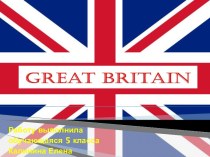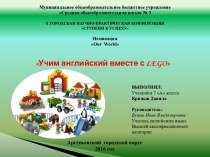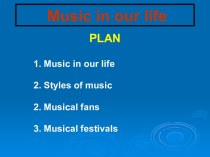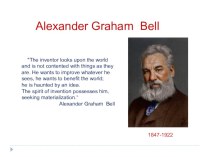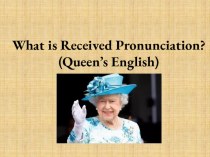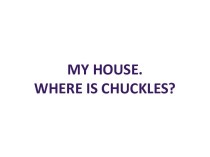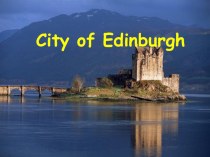- Главная
- Разное
- Бизнес и предпринимательство
- Образование
- Развлечения
- Государство
- Спорт
- Графика
- Культурология
- Еда и кулинария
- Лингвистика
- Религиоведение
- Черчение
- Физкультура
- ИЗО
- Психология
- Социология
- Английский язык
- Астрономия
- Алгебра
- Биология
- География
- Геометрия
- Детские презентации
- Информатика
- История
- Литература
- Маркетинг
- Математика
- Медицина
- Менеджмент
- Музыка
- МХК
- Немецкий язык
- ОБЖ
- Обществознание
- Окружающий мир
- Педагогика
- Русский язык
- Технология
- Физика
- Философия
- Химия
- Шаблоны, картинки для презентаций
- Экология
- Экономика
- Юриспруденция
Что такое findslide.org?
FindSlide.org - это сайт презентаций, докладов, шаблонов в формате PowerPoint.
Обратная связь
Email: Нажмите что бы посмотреть
Презентация на тему Educational System in Great Britain
Содержание
- 2. In Britain, education is compulsory for all
- 3. Children's education in England is normally divided
- 4. Primary schools (5 - 11 year
- 5. Secondary schools (11 - 16 year
- 6. Types of Schools in BritainThere are two different types of school:state schoolsprivate schools
- 7. State SchoolsThere are schools run by the
- 8. State schools are divided into the following types:Grammar schools Technical schools Modern schools Comprehensive schools
- 9. Grammar schoolsChildren who go to grammar schools
- 10. Technical schools Some children go to technical schools. Most courses there are either commercial or technical.
- 11. Modern schools Boys and girls who are
- 12. Comprehensive schoolsThese schools usually combine all types
- 13. Independent or private schools7% of the children
- 14. Private schoolsAll students at private schools must
- 15. The most famous public schools are Eton, Harrow and Winchester.
- 16. ExaminationsAll students must take two very important examinations:GCSEA-level
- 17. Higher EducationAround 30% of the 18 to
- 18. Universities and Colleges in Great
- 19. The Best U.K. UniversitiesUniversity of CambridgeUniversity of
- 20. Скачать презентацию
- 21. Похожие презентации
In Britain, education is compulsory for all children aged between 5 and 16 years. Many stay at school until 18 years old and then go to university.
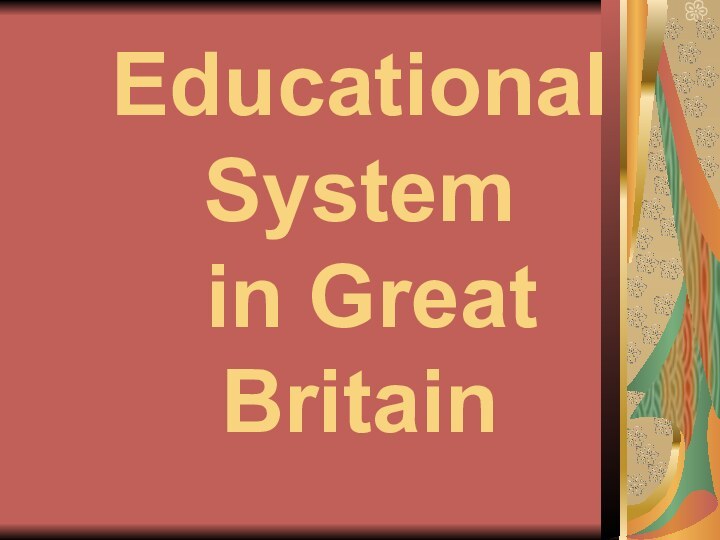
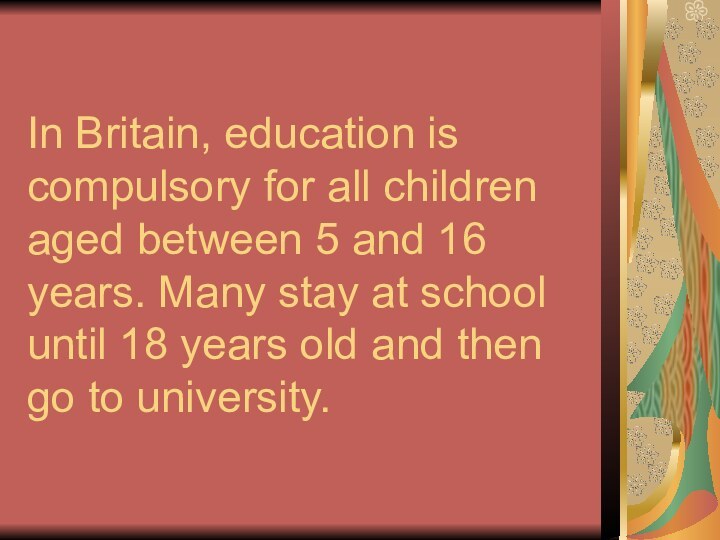







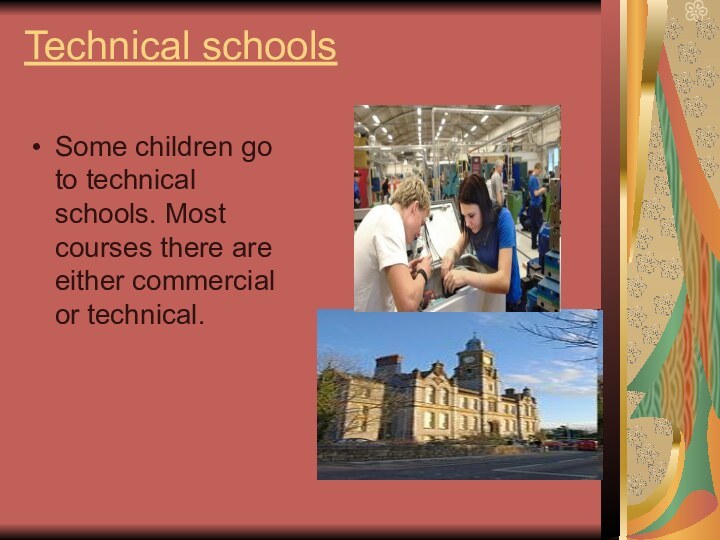

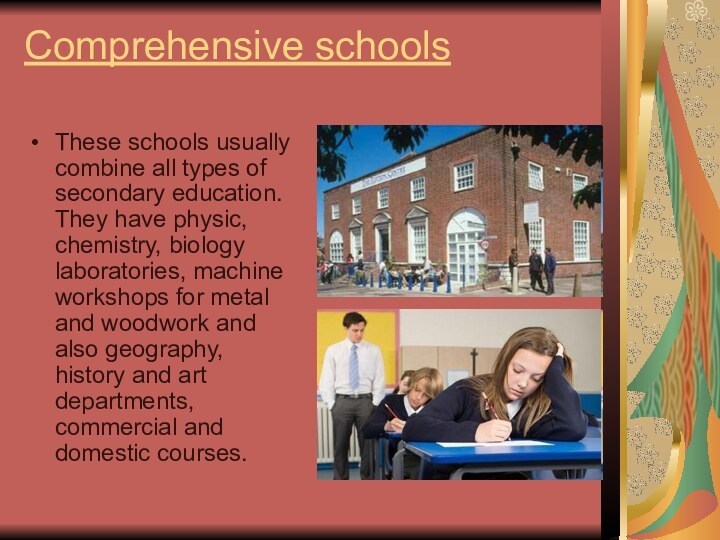
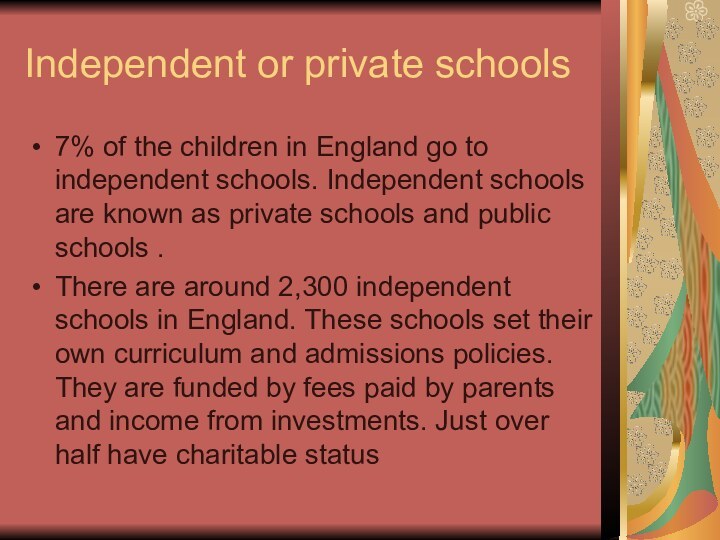


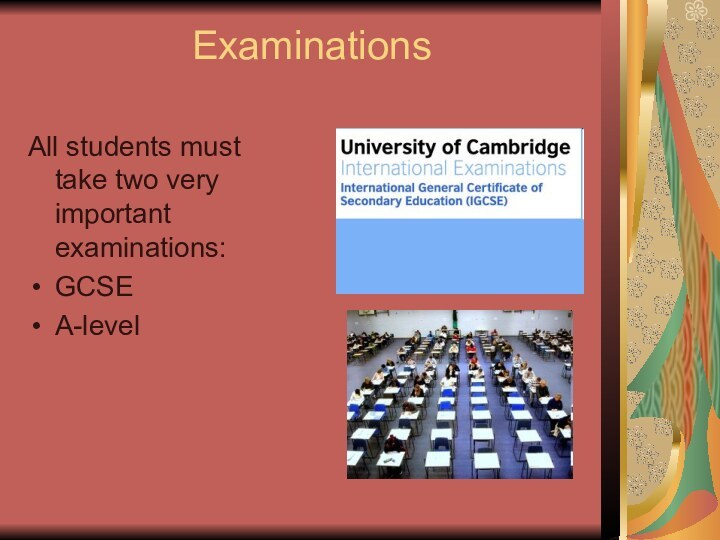


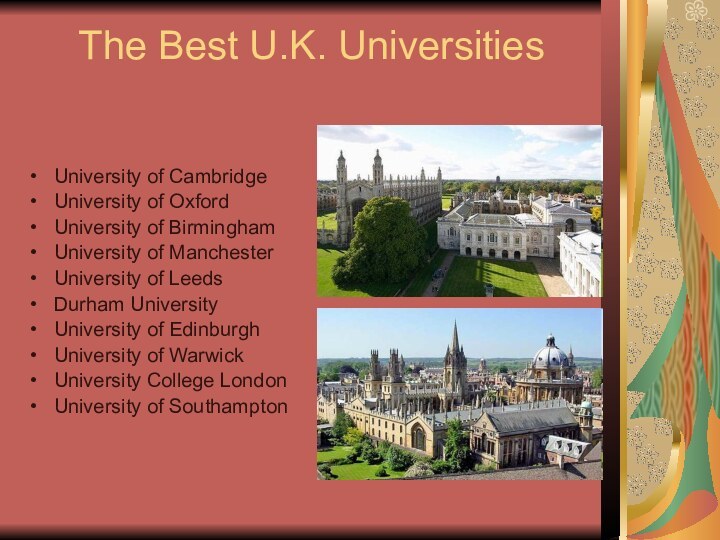
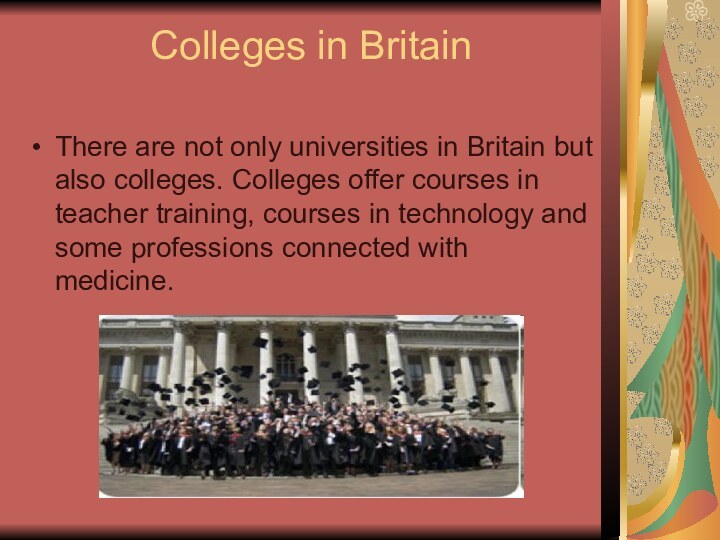
Слайд 3 Children's education in England is normally divided into
two separate stages. They begin with primary education at
the age of five and this usually lasts until they are eleven. Then they move to, there they stay until they secondary school reach sixteen, seventeen or eighteen years of age.
Слайд 4
Primary schools
(5 - 11 year olds)
In the
UK, the first level of education is known as
primary education. These are almost always mixed sex, and usually located close to the child's home. Children tend to be with the same group throughout the day, and one teacher has responsibility for most of the work they do.
Слайд 5
Secondary schools
(11 - 16 year olds)
Most children
transfer at the age of 11 - usually to
their nearest secondary school, though the law allows parents in England and Wales to express preferences for other schools too.
Слайд 6
Types of Schools in Britain
There are two different
types of school:
state schools
private schools
Слайд 7
State Schools
There are schools run by the Government.
These schools are known as State Schools and parents
do not pay. They are financed by public funds, which means that the money comes from the national and local taxes. Ninety percent of children in England and Wales attend a state school.
Слайд 8
State schools are divided into the following types:
Grammar
schools
Technical schools
Modern schools
Comprehensive schools
Слайд 9
Grammar schools
Children who go to grammar schools are
usually those who show a preference for academic subjects,
although many grammar schools now also have some technical courses.
Слайд 10
Technical schools
Some children go to technical schools.
Most courses there are either commercial or technical.
Слайд 11
Modern schools
Boys and girls who are interested
in working with there hands and learning in a
practical way can go to a technical schools and learn some trade.
Слайд 12
Comprehensive schools
These schools usually combine all types of
secondary education. They have physic, chemistry, biology laboratories, machine
workshops for metal and woodwork and also geography, history and art departments, commercial and domestic courses.
Слайд 13
Independent or private schools
7% of the children in
England go to independent schools. Independent schools are known
as private schools and public schools .There are around 2,300 independent schools in England. These schools set their own curriculum and admissions policies. They are funded by fees paid by parents and income from investments. Just over half have charitable status
Слайд 14
Private schools
All students at private schools must pay.
Typical fees for 2011 at a private boarding school
in Britain are £24,000 per year (inclusive of accommodation and meals). The fees at private schools are exactly the same for British students as for overseas students.
Слайд 17
Higher Education
Around 30% of the 18 to 19
year olds enter full-time higher education. The formal entry
requirements to most degree courses are two A-levels at grade E or above.
Слайд 18
Universities and Colleges
in Great Britain
Education
in Great Britain, considered one of the best in
the world. Superb Colleges and Universities, where the choice of courses is almost unlimited. From Mathematics to Medicine.There are over 90 universities in GB.
Слайд 19
The Best U.K. Universities
University of Cambridge
University of Oxford
University
of Birmingham
University of Manchester
University of Leeds
Durham University
University of Edinburgh
University
of WarwickUniversity College London
University of Southampton


